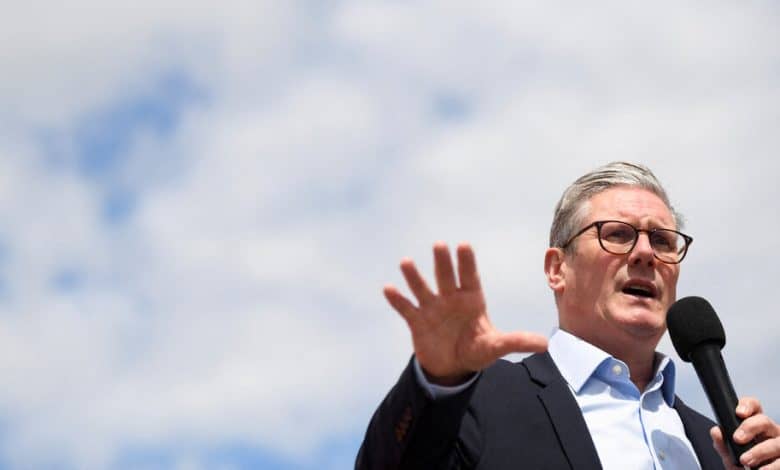How Britain’s Labour Party Became Electable Again

Two weeks before an election that is expected to catapult him into 10 Downing Street, the leader of Britain’s Labour Party, Keir Starmer, is tiptoeing on the campaign trail, the latest practitioner of the “Ming vase strategy.”
The phrase, which refers to a politician gingerly avoiding slips to protect a lead in the polls, is credited to Roy Jenkins, a more freewheeling British politician, who likened a previous Labour candidate, Tony Blair, on the eve of his 1997 landslide, to a man “carrying a priceless Ming vase across a highly polished floor.”
In truth, Mr. Starmer has been carrying the vase for a lot longer than this six-week campaign. He has nursed his party’s double-digit polling lead for more than 18 months, methodically repositioning Labour as a credible center-left alternative to the divided, erratic, sometimes extremist Conservatives.
It’s the culmination of an extraordinary four-year project, in which Mr. Starmer, 61, purged his left-wing predecessor, Jeremy Corbyn, and his loyalists; went after the anti-Semitism that had contaminated the party’s ranks; and pulled its economic and national security policies closer to the center.
“When he first became leader in 2020, he made it his business to take away all the negatives that prevented people from voting Labour in 2019,” said Steven Fielding, an emeritus professor of political history at the University of Nottingham. As a result, “He’s been able to expand the pool of voters.”
Robert Ford, a professor of political science at the University of Manchester, said, “Four years ago, Keir Starmer was basically offering Corbynism with a human face — and he’s ditched all that. He’s moved to the center because the incentives have moved there, and the audience has moved there.”
